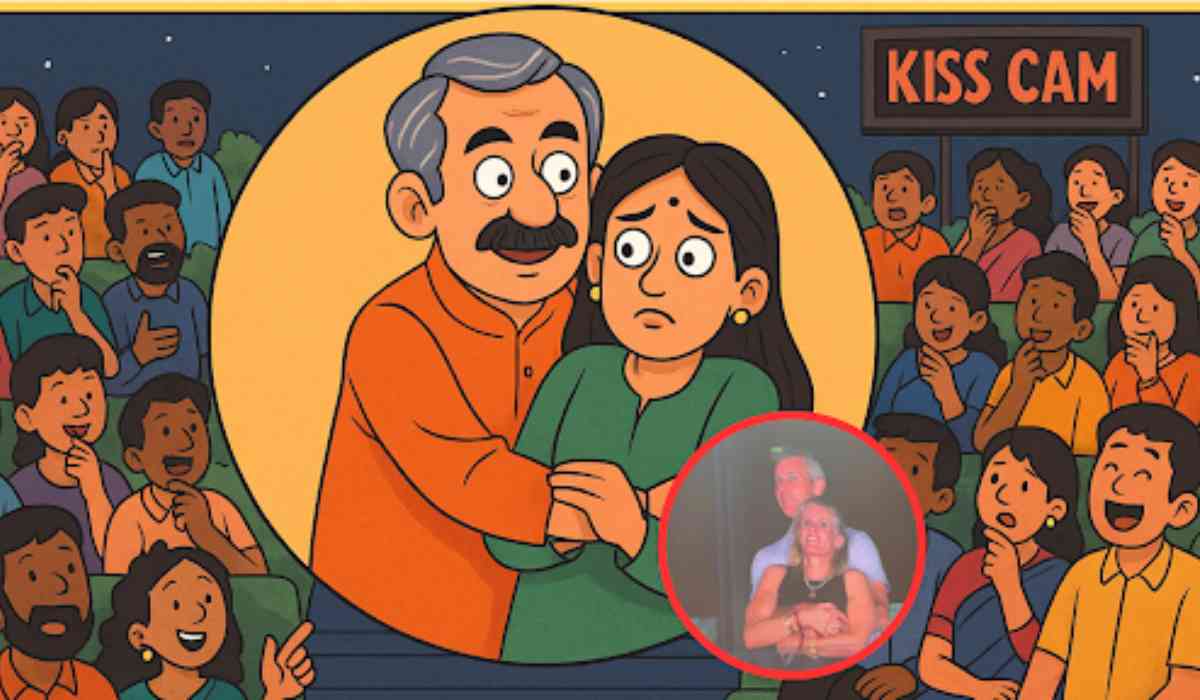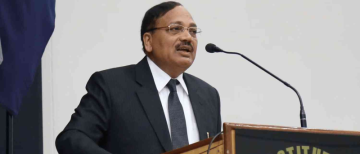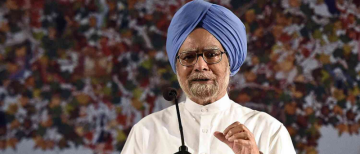A back-hug, a viral clip, and a corporate resignation. How India’s ecosystem would’ve handled it.
At a Coldplay concert, U.S. startup CEO Andy Byron was spotted hugging his HR Head from behind on the stadium’s kiss cam. Seconds later, they hid their faces. Hours later, the internet erupted. Within a day, he resigned. But if this had happened in India, here’s what would’ve followed legally, professionally, and socially.
Byron is now claiming “emotional distress” and “invasion of privacy”, stating he “didn’t consent to being filmed or publicly humiliated” and that Coldplay “made him a meme.”
The Incident: What Actually Happened
At the Coldplay Boston concert, Andy Byron, CEO of data company Astronomer, was seen on the stadium kiss cam embracing Kristin Cabot, the company’s Head of HR, from behind.
This clip devoid of a kiss but rich in implications went viral on all social media platforms.Byron resigned within hours.Kristin Cabot deleted her LinkedIn the same day.
Coldplay accidentally exposed an alleged affair between Astronomer CEO Andy Byron and his colleague Kristin Cabot at one of their recent concerts. pic.twitter.com/hsJHV2u5UM— Pop Base (@PopBase) July 17, 2025
In India, That Hug Would Still Hurt
In Indian law, a hug isn’t a crime. But when it involves a married CEO and his HR head and takes place on a kiss cam it’s no longer innocent. The 2024 Supreme Court ruling reaffirmed that adultery, while no longer criminal, is still relevant in civil matters like divorce and alimony. Even gestures interpreted as emotionally inappropriate like a cozy public embrace can become part of a divorce petition.
If Byron were earning ₹10 lakh a month, an Indian court could reasonably award his spouse anywhere between ₹2.5 to ₹3.3 lakh in monthly maintenance. Intent may be subjective, but perception in court is powerful especially when it’s backed by viral footage.
The Startup Would Stay, But the Cost Would Mount
In the United States, divorce settlements often lead to a 50/50 split of marital assets. Not in India. Here, unless the spouse can prove joint ownership or contribution, shares and company equity remain untouched. Byron’s hypothetical Indian wife wouldn’t walk away with part of the company but she could walk away with a steady monthly cheque.
Workplace Romance? POSH Doesn’t Play
The hug may have been consensual. But in India, that doesn’t shield it from scrutiny especially under the Prevention of Sexual Harassment at Workplace Act (POSH), 2013. The law mandates that even consensual relationships between individuals in a power dynamic must be examined for fairness, perception, and ethical implications.
A CEO hugging his HR head from behind in public then hiding once caught is more than a PR nightmare. It could prompt an Internal Complaints Committee (ICC) investigation, especially given HR’s central role in enforcing workplace compliance. In India, this moment would’ve been considered a direct breach of corporate conduct, even without a formal complaint.
Gender-Switched? Double the Fallout
Flip the script. Imagine a woman CEO hugging a younger male employee from behind at a concert, caught on camera. The public reaction wouldn’t just mirror Byron's, it would likely be harsher.
In India, gendered assumptions around power, consent, and professionalism are deeply entrenched. A woman in power would be judged not just for the act, but for “crossing the line.” The male subordinate might be viewed as vulnerable, triggering automatic POSH concerns. In corporate India, the double standard still holds weight.
The Hug Is New. The Pattern Isn’t.
Public figures losing their careers over personal decisions isn’t a new phenomenon. Jeff Bezos’ affair cost him over $38 billion in his divorce. Mohammed Shami faced BCCI review and police action following his wife’s accusations. Steve Easterbrook, McDonald’s former CEO, was removed after hiding relationships within the company. In each case, the pattern was the same: private behavior became public and irreversible.
What’s different now is speed. What once took weeks to surface now takes seconds to go viral.
The Lesson? Optics Beat Intent
Byron’s hug wasn’t illegal. It may not have even been unethical by American standards. But it was captured. It was cozy. And it was clearly something neither of them wanted broadcasted to a crowd which is exactly what made it feel wrong.
In India, that single moment would’ve triggered investigations, legal scrutiny, social media outrage, and professional damage beyond repair. Not because of what was done but because of how it looked.
In the age of smartphones, stadium cams, and screenshots, nothing is “just between two people.” Especially not when those people are in leadership and one of them is HR.
If intent can be debated but optics go viral should leadership be judged by behaviour or the camera angle?
Written By: Shukla VS
With inputs from agencies
Image Source: Multiple agencies
© Copyright 2025. All Rights Reserved Powered by Vygr Media.


























